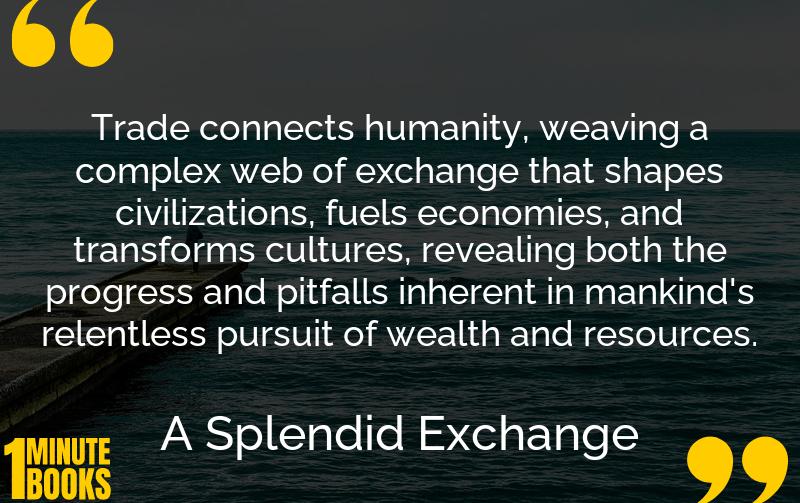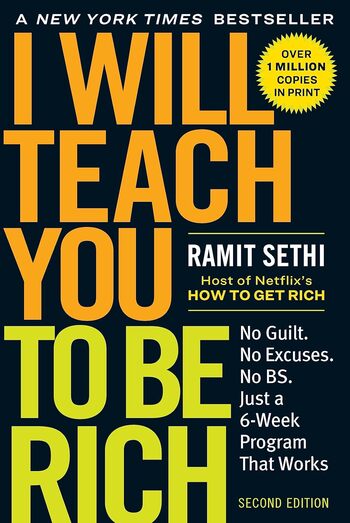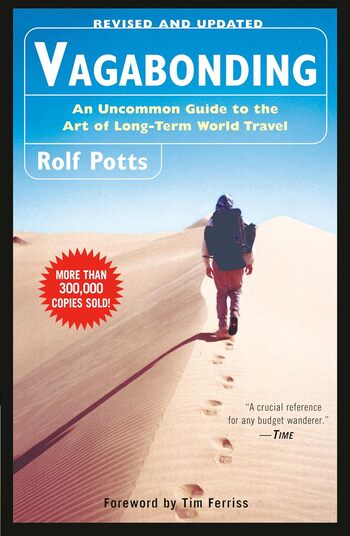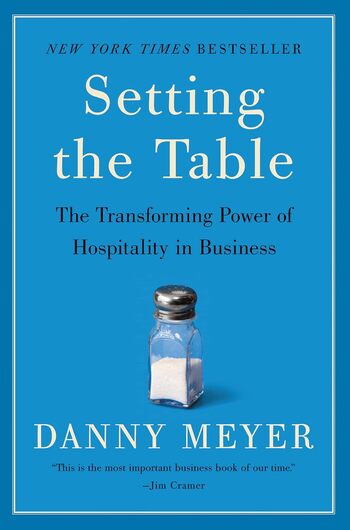
A comprehensive exploration of global trade history from ancient Mesopotamia to modern supermarkets, highlighting major trade developments, technologies, and globalization’s dual impacts.
Main Lessons
- Trade has been integral to civilization since Mesopotamian times, fostering the first trade routes for essential resources.
- Camels revolutionized overland trade, greatly enhancing transportation across deserts with their unique attributes.
- The spice trade was both profitable and perilous, facilitating commerce but also spreading disease and involving slavery.
- Advancements in maritime technology, like the caravel, enabled European nations to establish new global trade routes.
- Pioneers like Columbus and Magellan expanded global awareness, contributing to the birth of a world economy.
- Free trade theories emerged, driven by thinkers like Adam Smith, emphasizing competition and comparative advantage.
- The rise of global manufacturing in the 19th century was powered by technologies like steamships and refrigeration.
- Protectionist measures in the 20th century illustrated the pitfalls of import tariffs, impacting economies significantly.
- Post-World War II, the U.S. embraced free trade, benefiting economically but also exacerbating income inequality.
- Understanding global trade’s history is crucial for addressing current social challenges like income disparity.








